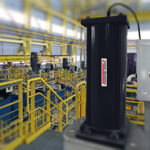
Cowan Dynamics
This article has been reviewed by Cowan Dynamics Application Engineering team. Contact Us and our application engineers will assist you with your application.
Coking Refinery Types
Delayed Coking
Delayed Coking is a refinery unit operation that upgrades the lowest value bottoms material (vacuum resid) from the atmospheric or vacuum distillation column and cracks it to the point that all of the resid is eliminated. This process yields lighter fractions and solid carbon into higher-value products and produces petroleum coke—a coal-like material.
During the cracking process, a firing heater with horizontal tubes is used to achieve temperatures ranging from 485 to 505 C (905 to 941 F). Coking in the furnace tubes is, therefore “delayed” until the feed material reaches large coking drums downstream of the heater. You can produce petroleum coke in three physical structures: shot, sponge, or needle.
Simply put, a delayed coking unit (DCU) processes the residual hydrocarbons remaining by removing water and soluble salts in the crude desalter used in the production of gasoline, diesel, jet fuel.
In contrast to continuous refinery operations, delayed coking is a batch process that produces its end product in one drum while the other is offline. Coke production and drum decoking are controlled by coker valves and actuators which are critically important to the refinery’s operation.
Fluid Coking
The fluid coking process uses a continuous fluid bed. In fluid coking, feed is fed into a heated reactor and cracked, and that coke is then transferred to a heater in the form of a fluidized solid where some of it is burned to provide heat for the cracking process.
When fluid coking is used, vacuum distillation residue (VDR) can be processed heavier and results in a higher distillate yield (and a lower coke yield) than delayed coking. Commercially, fluid coking is used in refineries to deep convert oil and to upgrade heavy oils/bitumen.
The Delayed Coker Unit Process
Pioneer oil refineries in Northwestern Pennsylvania produced petroleum coke for the first time in the 1860s. During this period, crude oil was boiled in small, iron stills to produce kerosene, a valuable and much-needed luminescent. Under the stills, wood or coal fires were lit, which overheated the oil and caused it to coke. To prepare for the next run, the still was allowed to cool so the coke and tar could be removed. In 1929, Standard Oil of Indiana built the first delayed coking unit in Whiting, Indiana.
Automating Delayed Coker Units
Coker valves and actuators cannot operate properly without sophisticated automation and control panels to control and monitor their operation. A key element for smooth operation is that the valves and actuators need to be operated sequentially in order to divert the process at precisely the right time. Cowan Dynamics supplied its first fully automated switch coker valve control system over 20 years ago for a delayed coker unit.
Learn more about our custom control panel solutions for automating coker valves and the actuators.



